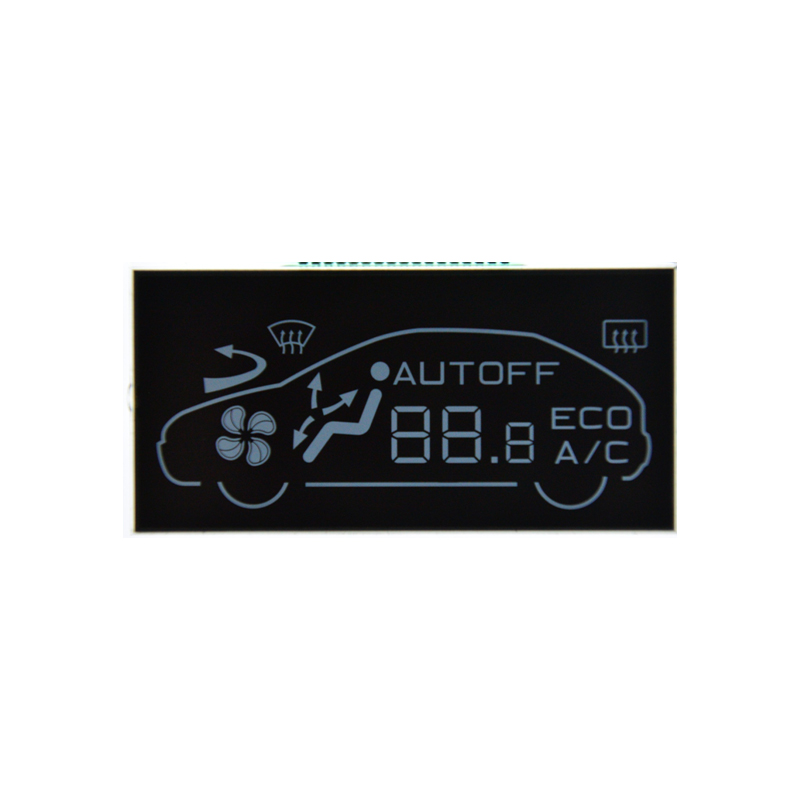
Choosing the right LCD TFT display panel can be challenging, given the vast array of options available. This guide provides a comprehensive overview of key factors to consider, helping you select the perfect panel for your needs. We'll cover various types, specifications, and applications, ensuring you make an informed decision.
LCD TFT display panels (Liquid Crystal Display Thin Film Transistor) are ubiquitous in electronic devices, from smartphones and laptops to televisions and industrial applications. They use liquid crystals sandwiched between two polarized glass plates to control light transmission, creating the images we see. The TFT (Thin Film Transistor) array behind the liquid crystals acts as a switch, controlling the voltage applied to each individual pixel, allowing for high-resolution images and quick response times. Understanding the fundamentals of this technology is crucial for selecting the right panel for your project.
Several types of LCD TFT display panels exist, each with its own strengths and weaknesses. These include:
Resolution, expressed in pixels (e.g., 1920x1080), determines the image sharpness. Pixel density (pixels per inch or PPI) influences how crisp the image appears. Higher resolutions and pixel densities generally result in sharper, more detailed images. Selecting the right resolution depends entirely on the intended application of the LCD TFT display panel.
Response time, measured in milliseconds (ms), indicates how quickly a pixel can change from one color to another. Faster response times are crucial for applications involving fast-moving images or video, such as gaming or video editing. Slower response times can lead to motion blur.
Brightness (measured in cd/m2) indicates the maximum luminance of the display. A higher brightness value results in a brighter, more vibrant image, especially useful in brightly lit environments. Contrast ratio is the difference between the brightest and darkest shades the display can produce; a higher contrast ratio leads to richer blacks and more vivid colors.
Viewing angles define the range of angles from which you can view the display without significant color distortion or loss of contrast. Wider viewing angles are essential for collaborative work or presentations where multiple viewers might be present.
The best LCD TFT display panel for you depends on your specific needs and budget. Consider the following applications:
Finding a reliable supplier is key to ensuring the quality of your LCD TFT display panel. Companies like Dalian Eastern Display Co., Ltd. specialize in providing a wide range of high-quality LCD TFT display panels for various applications. They offer a variety of sizes, resolutions, and specifications to meet diverse needs. Always research potential suppliers thoroughly to ensure they meet your quality and reliability standards.
Remember to always consult datasheets and specifications from manufacturers before making a purchase to ensure the panel meets your specific requirements.
| Panel Type | Response Time (ms) | Viewing Angle | Typical Application |
|---|---|---|---|
| TN | 1-5 | Narrow | Budget monitors, basic applications |
| IPS | 5-20 | Wide | Gaming, design, professional use |
| VA | 4-10 | Moderate | Home theatre displays, monitors |
This guide provides a starting point for choosing the best LCD TFT display panel. Remember to conduct thorough research and consider your specific application requirements before making a purchase. For further information and specific product inquiries, you can contact suppliers directly.












